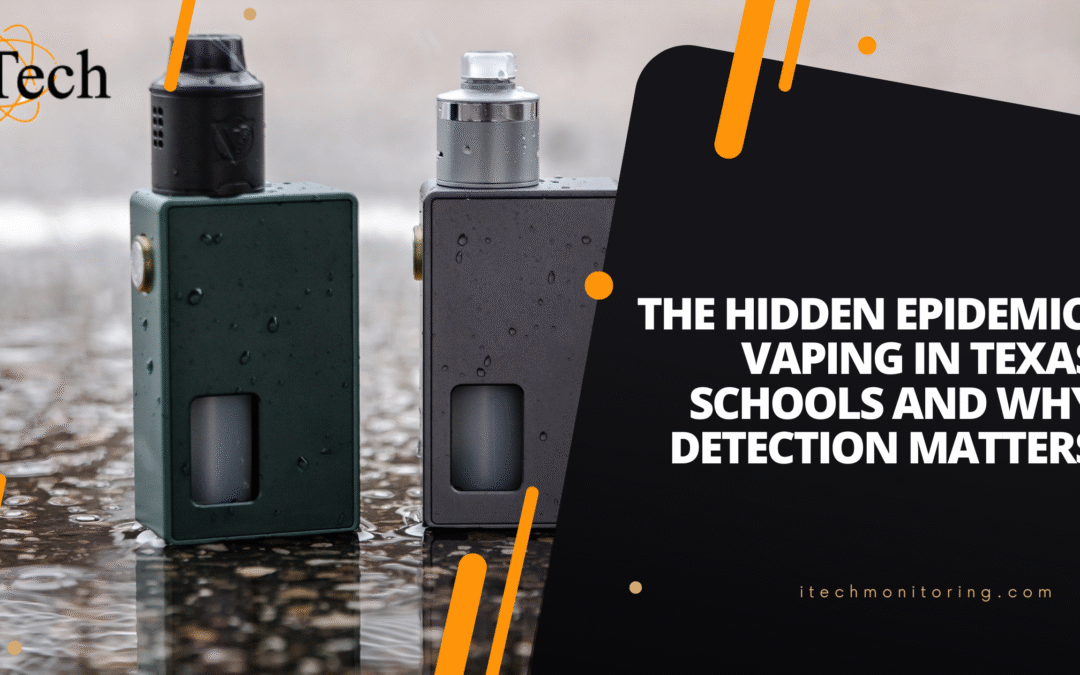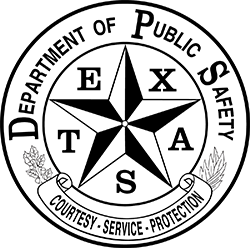The Problem You Can’t See—But Can’t Afford to Ignore
Vaping among Texas students isn’t just a trend—it’s a growing epidemic, and one that school administrators can no longer afford to overlook. In recent years, data from the CDC and Texas Department of State Health Services has highlighted a startling trend: nearly 1 in 4 high school students in Texas have tried vaping. Among these students, a significant number report using vape products regularly—some even daily.
But this issue extends far beyond just the health risks of nicotine or THC. It’s quickly becoming a disruptive force inside schools, leading to a wave of disciplinary incidents, nurse visits, damaged property, and diminished staff morale. For educators already managing heavy caseloads, the rise in vape-related behavior presents another burden—and it’s one that requires a smarter solution.
Why Vaping Is So Difficult to Detect—and So Damaging
Unlike traditional smoking, vaping is stealthy. Devices are small and discreet, often resembling USB drives or pens. The vapor itself is almost odorless and dissipates quickly, making it extremely difficult for teachers and administrators to catch in the act. Bathrooms, locker rooms, and stairwells—areas without cameras—have become hotspots for student vaping, leaving schools virtually blind in these critical zones.
The damage goes deeper than health. Schools are now reporting increases in peer conflict, mental health issues like anxiety and depression, and even emergency medical responses due to high-dose THC ingestion through vape devices. Disciplinary referrals have spiked in some districts, and teachers are spending valuable class time addressing vape-related disruptions. For rural and mid-size ISDs with fewer staff and stretched resources, the challenge is even greater.
Traditional Surveillance Falls Short
Most school surveillance strategies rely on hallway cameras or random teacher walkthroughs. While these tools are helpful, they cannot penetrate the private or unsupervised areas where vaping usually occurs. The problem isn’t visibility—it’s access to real-time, actionable data.
This reactive model—where intervention only happens after a student is caught—doesn’t address the root of the issue. By the time vaping is observed or reported, students may already be suffering from substance exposure or have influenced their peers. Schools need tools that allow them to act sooner, smarter, and more effectively.
How Vape Detection Technology Changes the Game
Enter smart vape detection systems. These ceiling-mounted or wall-mounted sensors are designed to identify airborne chemicals commonly emitted by e-cigarettes. Once detected, they send immediate alerts to designated school personnel—via email, SMS, or security dashboards. These alerts are delivered within seconds, allowing staff to respond while the incident is still occurring.
But vape detection systems do more than just catch students. They also identify sound anomalies—such as shouting or fighting—that may indicate aggression or bullying. Some models even detect environmental changes, like air quality drops or signs of tampering. Importantly, they operate without cameras or microphones, preserving student privacy while keeping schools informed.
A Proven, Privacy-Safe Solution for Texas ISDs
Vape detectors do not record sound or images. They simply monitor environmental changes, making them fully compliant with FERPA and privacy regulations. This makes them especially effective in sensitive areas where surveillance would otherwise be prohibited—restrooms, locker rooms, or special needs wings.
With installation tailored to the specific needs of a school campus, vape detectors can be deployed in key zones where they’re most needed. Schools can also integrate them into broader safety platforms, linking alerts with resource officers or existing emergency response systems.
The Real Benefit: Early Intervention and Healthier Schools
The true value of vape detection isn’t just catching students—it’s creating a safer, healthier environment. When schools are empowered to intervene early, they prevent escalation, support student well-being, and demonstrate a commitment to safety that resonates with parents and the community.
Many ISDs that have implemented vape detection have seen drops in incidents, increased student accountability, and improved teacher satisfaction. By addressing vaping proactively, schools are sending a clear message: we care about student safety, and we’re willing to invest in the right tools to protect it.
Why iTech Monitoring Is the Right Partner
At iTech Monitoring, we understand the unique challenges Texas school leaders face. Whether you’re managing a rural district with limited tech resources or a growing metro ISD, our team provides custom vape detection strategies designed for your campus layout, student population, and safety goals.
We walk your site. We plan your installation. We train your staff. And we stay involved—ensuring your system runs smoothly and evolves with your needs.
Next Step:




